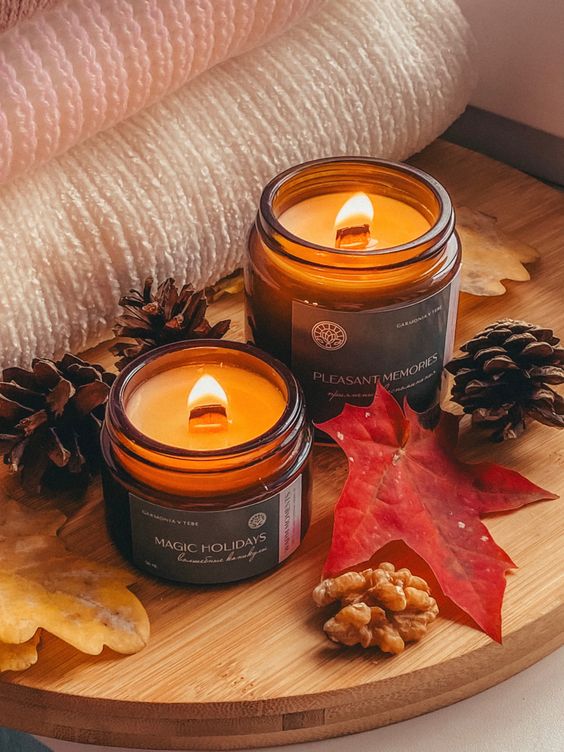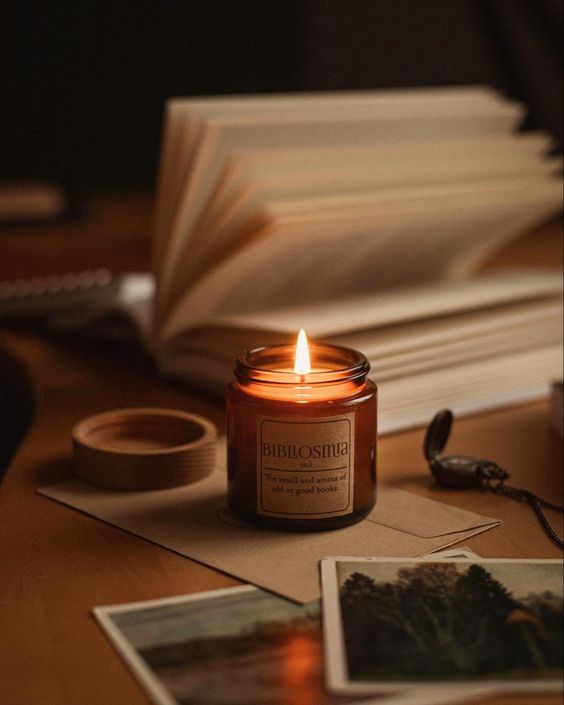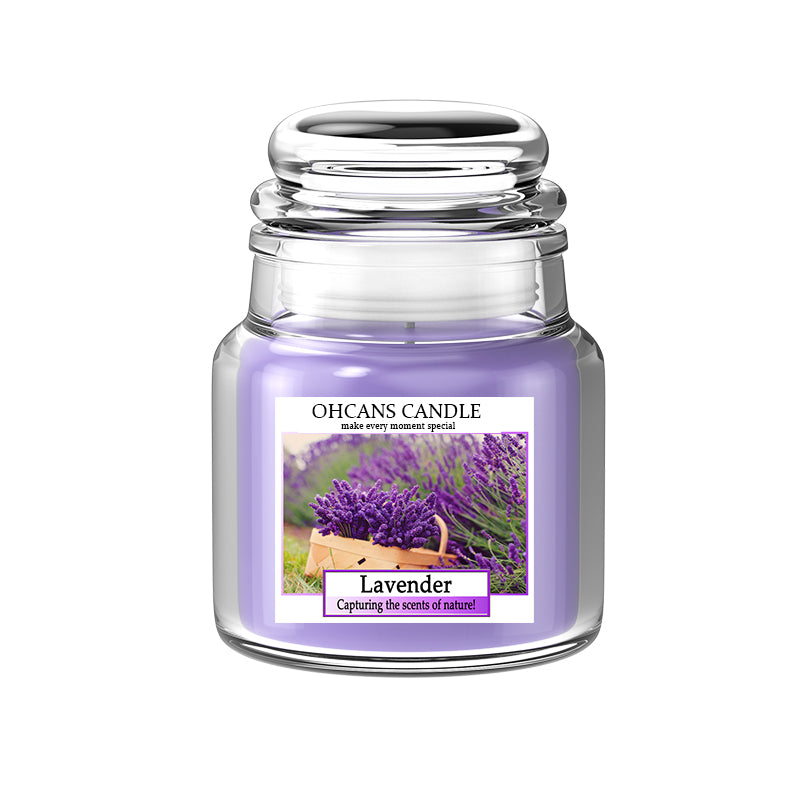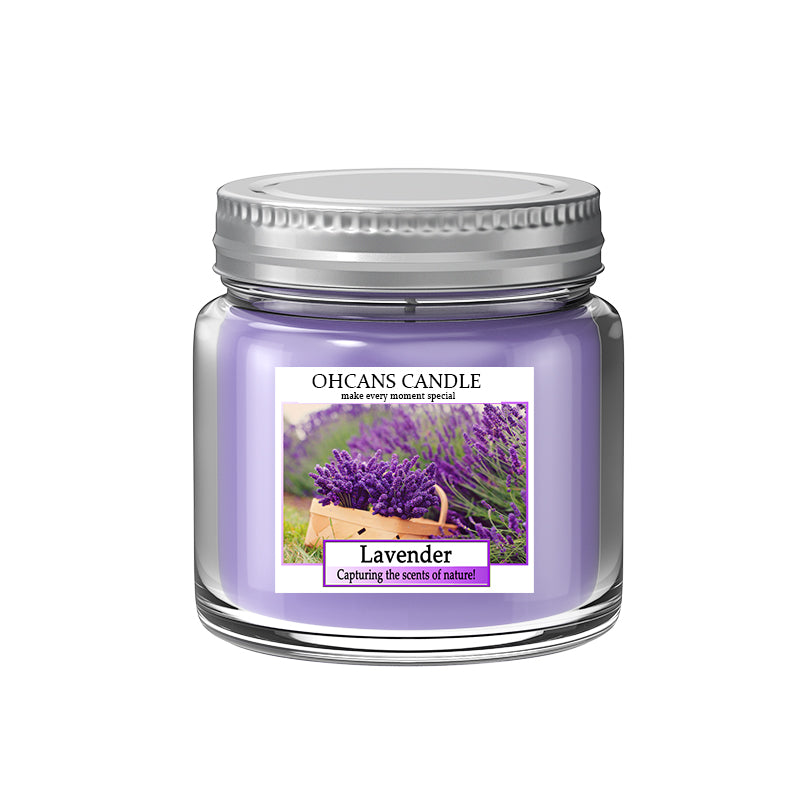The Evolution of Candle-Making: Achieving the Perfect Melt Pool

Candle-Making Through History
Candle-making has been an integral part of candle production since ancient times, with its origins dating back to early civilizations. Throughout history, the art of candle crafting has undergone significant transformations, leading to advancements in both design and functionality. In contemporary candle-making, achieving the perfect melt pool has emerged as a critical element, influencing factors such as fragrance release and burn time.
The practice of candle crafting can be traced back to ancient civilizations.
Over time, the process of candle-making has evolved, resulting in innovations in design and functionality.
The concept of the perfect melt pool has become essential in modern candle production.
Importance of Melt Pool
The Significance of Wax Pool Formation
When it comes to candle-making, the formation of a melt pool holds a crucial role in the overall performance of the candle. A well-formed wax pool ensures that the fragrance is evenly released, creating a delightful aromatic experience for users. This even release of liquefied wax enhances the ambiance and atmosphere in which the candle is used.
Impact on Candle Quality and Longevity
The formation of an optimal melt pool directly influences the quality and longevity of a candle. A properly formed wax pool contributes to a clean and consistent burn, ensuring that the candle lasts longer while maintaining its high quality. This emphasizes the importance of achieving an ideal melt pool for candles to deliver an exceptional user experience.

Wick Designs Innovation
Advancements in Wick Designs
In the realm of candle-making, wick designs have undergone significant advancements to achieve the perfect melt pool. Innovations in candle wick technology have led to the development of wicks with varying materials and structures, each influencing the formation of the melt pool in distinct ways.
Cotton wicks with different weaves and coatings have been introduced to enhance the formation of an optimal melt pool.
Wood and eco-friendly wicks have gained popularity, offering alternative options for achieving a clean and efficient burn.
The incorporation of innovative metals into wick designs has revolutionized candle-making, contributing to more controlled burns and improved melt pools.
Enhanced Burn Efficiency
Modern wick designs are engineered to optimize burn efficiency, directly impacting the formation of an ideal melt pool. Advanced structures and materials allow for a more precise regulation of the wax consumption, resulting in a cleaner, more consistent burn. The relationship between wick innovation and the achievement of an optimal melt pool underscores the crucial role that technological advancements play in enhancing the overall candle-burning experience.
Sustainable Materials
Eco-Friendly Approaches
In modern candle-making, the adoption of sustainable materials has become increasingly prevalent. Candle manufacturers are embracing environmentally friendly alternatives to traditional wax and wick materials. These green candle-making approaches contribute to the formation of a clean and efficient melt pool, aligning with the growing emphasis on eco-conscious practices within the industry.
The use of sustainable materials such as soy wax, coconut wax, and beeswax offers numerous benefits. These natural alternatives not only promote cleaner burning but also play a vital role in achieving an optimal melt pool. Additionally, the introduction of eco-friendly wicks made from organic cotton or wood enhances the overall sustainability of candle production while positively influencing the formation of the melt pool.
By integrating these environmentally friendly materials into candle-making processes, manufacturers are making significant strides towards reducing their environmental footprint. The shift towards sustainable practices reflects a broader commitment to environmental stewardship, underscoring the correlation between sustainable materials and the achievement of the perfect melt pool.

Impact on Environmental Sustainability
The utilization of sustainable materials in candle-making goes beyond individual product attributes; it extends to broader implications for environmental sustainability. By incorporating these eco-friendly approaches, candle producers contribute to reduced ecological impact through responsible sourcing and manufacturing practices. This holistic approach underscores how environmentally friendly materials are intrinsically linked to achieving a clean and efficient melt pool, emphasizing their pivotal role in promoting sustainable candle production
What Is The Diameter Rule?
The Diameter Rule suggests that the size of a candle container's diameter is a crucial factor in determining the time it takes for a complete melt pool to form. According to this rule, the time required for a full melt pool to develop is directly proportional to the diameter of the container. For instance, a candle housed in a 1.5” diameter container should ideally achieve a full melt pool in approximately 1.5 hours. Similarly, a wider 2.75” container may take around 2 hours and 45 minutes to reach the same melt pool stage. On the other hand, a candle in a 3” diameter container may necessitate up to 3 hours for the complete formation of the melt pool. Therefore, the Diameter Rule serves as a valuable guideline for candle enthusiasts and manufacturers to optimize burning performance and safeguard against issues like tunneling. Adhering to these recommended timings for various container sizes ensures a more consistent and efficient candle burning experience while maximizing the fragrance throw and overall lifespan of the candle.
These forward-looking trends signify a fundamental shift towards achieving controlled melt pools and regulated wax pools, setting new standards for precision and performance in candle-making.

How Long Should A Melt Pool Form?
A full melting pool is critical in making sure that the fragrance is dispersed uniformly, because candle wax tipically has a default memory. If you put the candle out before it has reached a full melting pool. It will automatically result in candle tunneling, which is a deep sinkhole you find in the middle of your candle. Therefore, you should keep an eye out for the status of your burning candle before it is too late for a quick fix. Remeber, The average time you should burn your scented candle for the first time is about 4 hours.
One common misconception is that the size of the melt pool indicates how hot a candle burns. While a larger melt pool might form more quickly in a hotter-burning candle, it doesn't necessarily mean the candle is safer or better.
Safety standards for candles focus more on factors like heat, the integrity of the container, flame height, and complete combustion. Although some stardard such as ASTM 2417 standards ensure that candles are safe to use even if they don't form a full melt pool.
Another thing to consider is that the rate at which melt pools form can change over time as the candle burns. Factors like the age of the candle, the temperature of the surrounding air, and the heat inside the container can all affect how quickly a melt pool forms.
While a full melt pool can help a candle smell stronger, it's not the only factor that affects scent throw. The size of the wick plays a big role in how well a candle throws scent, as it determines how much heat, oxygen, and fuel (wax) are available for melting and releasing fragrance.
So, when judging the success of a candle, it's important to consider safety and performance testing rather than just focusing on the melt pool. Following guidelines like the Diameter Rule, which suggests a melt pool should form at a rate of 1 hour for each inch of the container's diameter, may not always result in a safe or well-performing candle.




Dejar un comentario